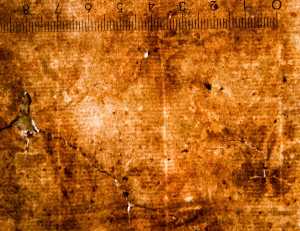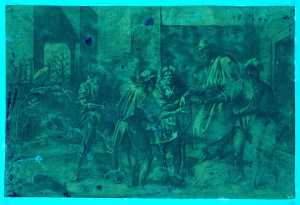Specifications
| Title | The Labourers in the Vineyard |
|---|---|
| Material and technique | Brush and brown ink, brown wash, heightened with white, on brown-ochre prepared paper |
| Object type |
Drawing
> Two-dimensional object
> Art object
|
| Location | This object is in storage |
| Dimensions |
Height 296 mm Width 445 mm |
|---|---|
| Artists |
Copy after:
Andrea del Sarto (Andrea d’Agnolo)
Maker: Anoniem |
| Accession number | DN 130/27 (PK) |
| Credits | Gift Dr A.J. Domela Nieuwenhuis, 1923 |
| Department | Drawings & Prints |
| Acquisition date | 1923 |
| Creation date | in circa 1550-1600 |
| Watermark | none (vV, 8P) |
| Collector | Collector / Adriaan Domela Nieuwenhuis |
| Provenance | (?) J. Mellaart; Dr. Adriaan J. Domela Nieuwenhuis (1850-1935, L.356b), Munich/Rotterdam, donated with his collection in 1923 (Andrea del Sarto) |
| Research |
Show research Italian Drawings 1400-1600 |
| Literature | Cat. 1925, no. 608; Cat. 1927, no. 608 |
| Material | |
| Object | |
| Technique |
Highlight
> Painting technique
> Technique
> Material and technique
|
| Geographical origin | Italy > Southern Europe > Europe |
Do you have corrections or additional information about this work? Please, send us a message

























